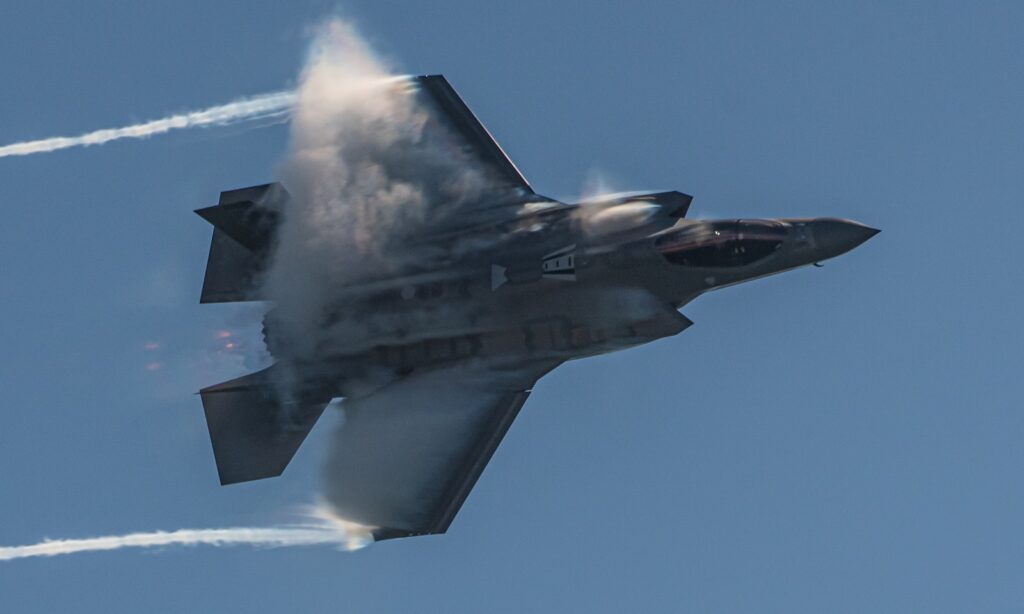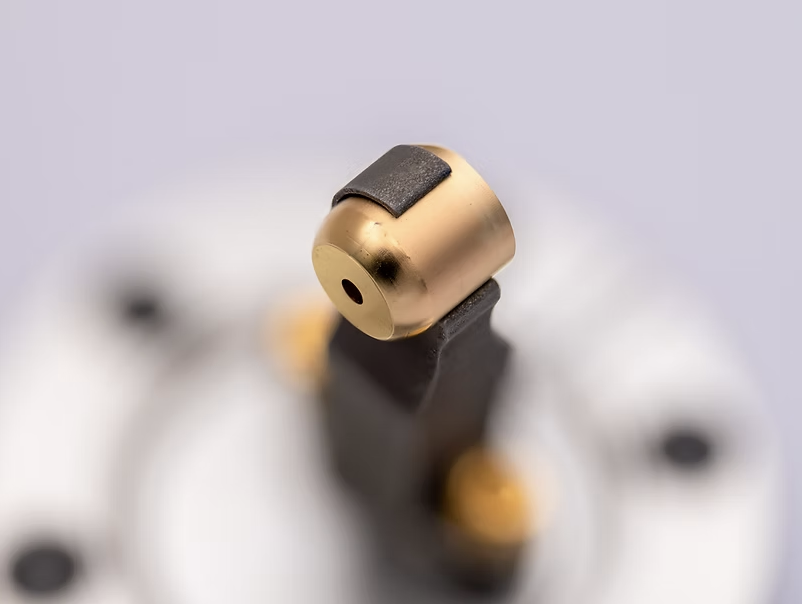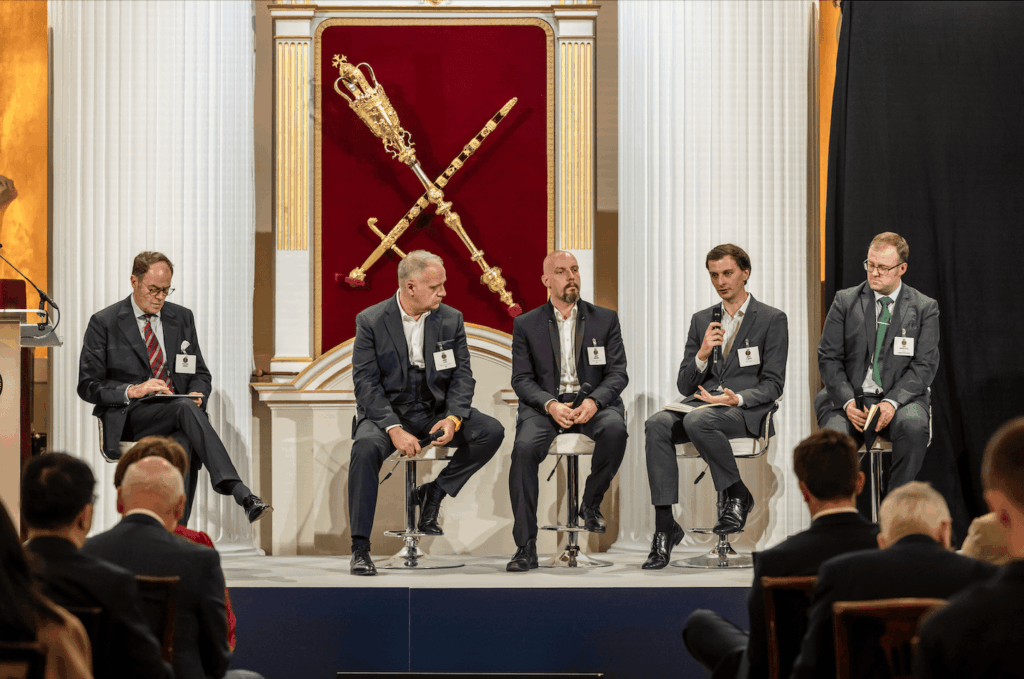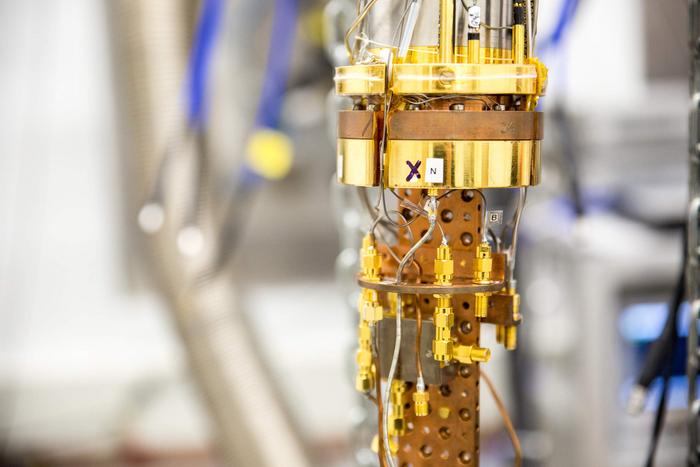Insider Brief
- Researchers at the University of California have successfully demonstrated monolithic integration of indium arsenide quantum dot lasers on silicon photonics chiplets.
- The integration method combines a pocket laser strategy, dual-step material growth using MOCVD and MBE, and a polymer gap-fill approach to reduce optical loss.
- The resulting devices achieved single-wavelength O-band lasing with low coupling loss, high-temperature operation up to 105 °C, and an estimated lifespan of 6.2 years at 35 °C.
PRESS RELEASE — III-V semiconductor lasers can be monolithically integrated with photonic chips by directly growing a crystalline layer of laser material, such as indium arsenide, on silicon substrate. However, photonic chips with such integrated laser source are challenging to manufacture due to mismatch between structures or properties of III-V semiconductor material and silicon.
In a study that was recently published in the IEEE Journal of Lightwave Technology, Dr. Rosalyn Koscica from the University of California, United States, and her team successfully integrated indium arsenide quantum dot (QD) lasers monolithically on silicon photonics chiplets. According to Dr. Koscica, “Photonic integrated circuit applications call for on-chip light sources with a small device footprint to permit denser component integration.”
To achieve this monolithic integration, the authors combined three key concepts: the pocket laser strategy for monolithic integration, a two-step material growth scheme that includes both metalorganic chemical vapor deposition and MBE for a smaller initial gap size, and a polymer gap-fill approach to minimize optical beam divergence in the gap.

On testing, the chiplets with monolithically integrated lasers demonstrated sufficiently low coupling loss. As a result, the QD lasers operate efficiently on a single O-band wavelength within chiplets. The O-band wavelength is desirable as it allows for transmission of signals within photonic devices with low dispersion. Lasing in the single frequency is achieved using ring resonators made from silicon or distributed Bragg reflectors made from silicon nitride.
“Our integrated QD lasers demonstrated a high temperature lasing up to 105 °C and a life span of 6.2 years while operating at a temperature of 35 °C,” says Dr. Koscica.
The proposed integration technique can be applied to a variety of photonic integrated circuit designs, paving the way for a scalable, cost-effective monolithic integration of on-chip light sources for practical applications.

















